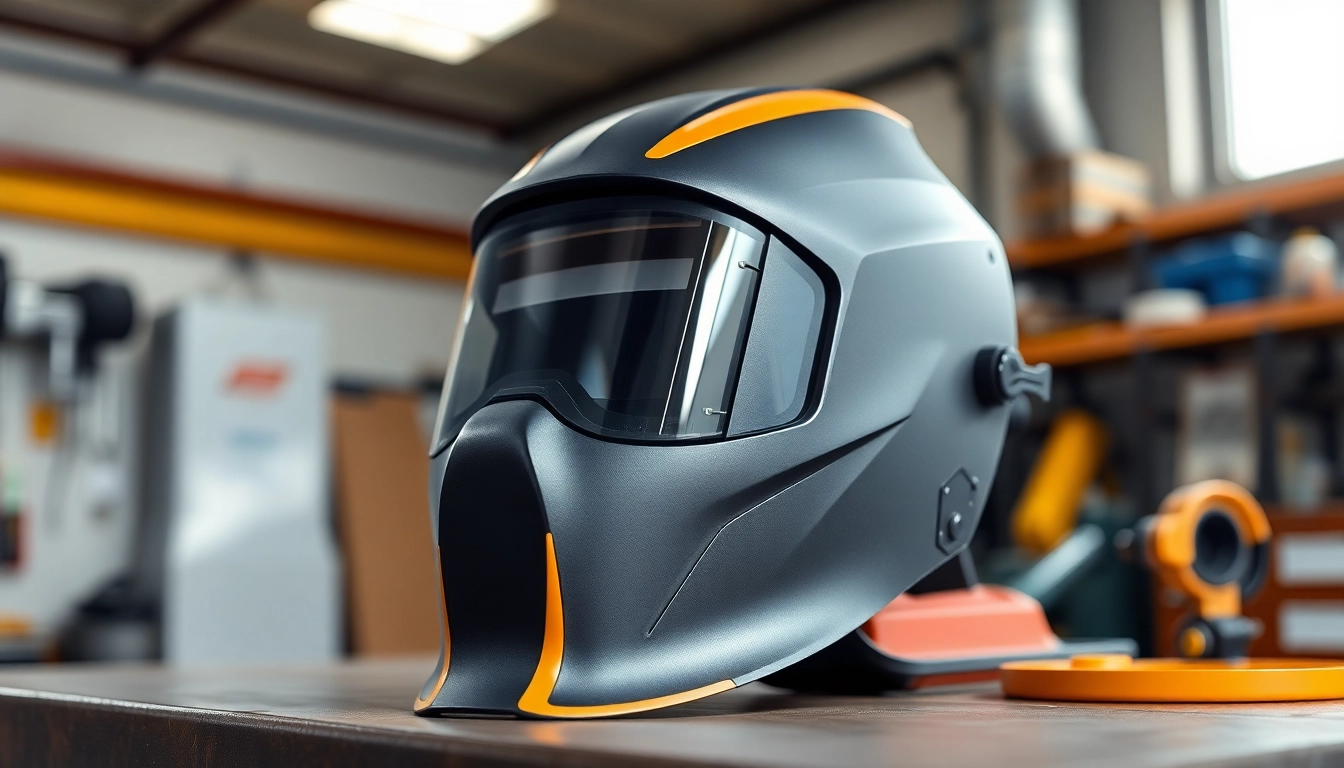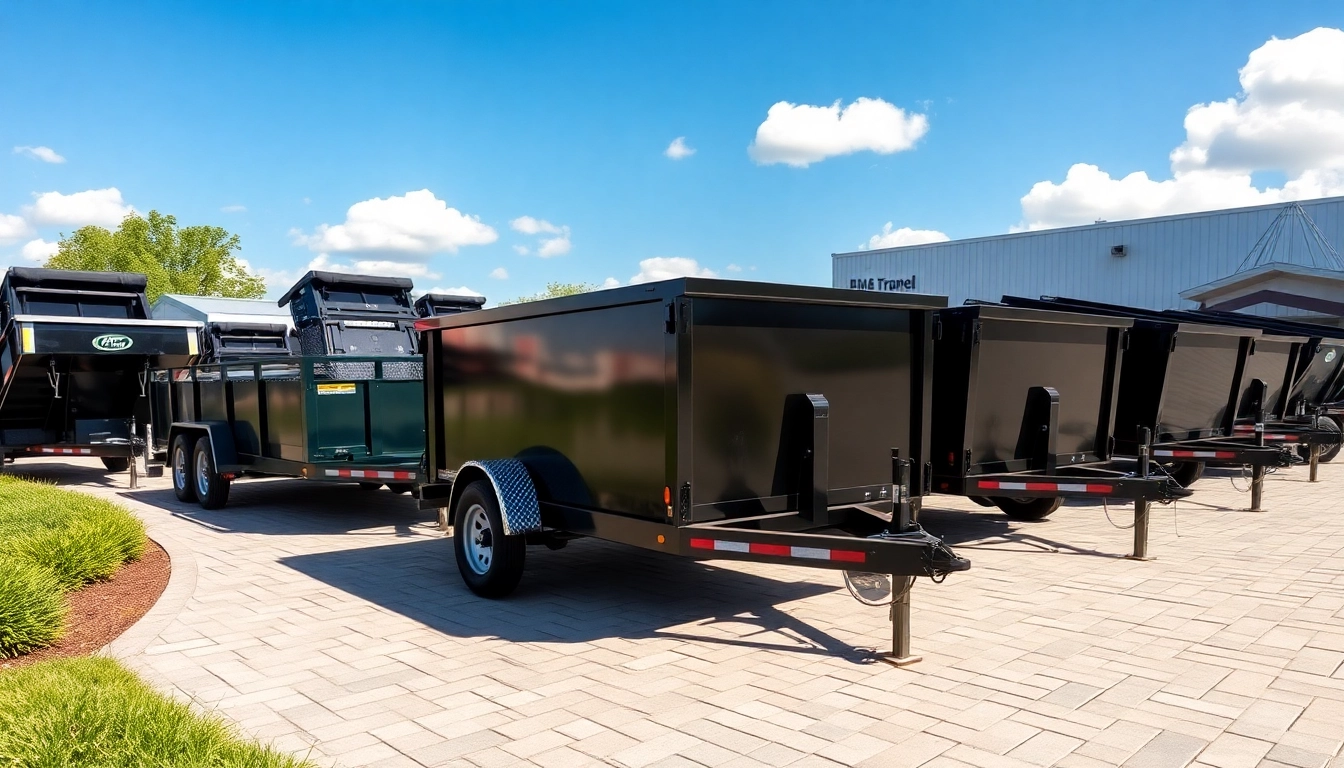Understanding Welding Masks
Welding is a highly skilled trade that involves joining two materials, usually metals, using high heat. While the art of welding requires precision and training, the safety of the welder is of paramount importance. One of the fundamental pieces of equipment that every welder should own is a welding mask. This protective gear is designed to shield the welder’s face and eyes from harmful emissions, bright lights, and splatter during the welding process. Understanding the intricacies of welding masks is essential for selecting the right equipment to ensure safety and efficiency.
What Is a Welding Mask?
A welding mask, commonly referred to as a welding helmet, is a protective headgear that welders wear to safeguard their face and eyes from intense ultraviolet (UV) and infrared (IR) radiation produced during the welding process. Most welding masks are designed to accommodate various welding processes, including MIG, TIG, and stick welding. They come equipped with an auto-darkening filter that automatically adjusts the lens tint based on the brightness of the light, providing optimal visibility.
Key Components and Features
Understanding the key components and features of welding masks is crucial in choosing the right model for your needs. Key elements include:
- Lens: The lens is the most critical component, often made with a special filter to protect against UV and IR radiation. Modern lenses might include auto-darkening features for improved visibility.
- Shell: The outer shell is designed to be durable and resistant to heat and impact. Different materials, such as fiberglass or polycarbonate, are commonly used for protection.
- Straps and Pads: Comfortable yet secure fittings are essential to ensure the mask stays in place during welding. Look for adjustable straps and padding that enhance comfort over extended use.
- Side Windows: Some models feature side windows for peripheral visibility, allowing welders to see what is happening around them without removing the helmet.
Types of Welding Masks Explained
Welding masks come in various types, tailored for different welding techniques and user preferences. The common types include:
- Auto-Darkening Welding Masks: These use a light-sensitive filter that changes the lens darkness within milliseconds when the arc of the welding begins.
- Passive Welding Masks: These masks have a fixed shade tint that does not adjust, making them less versatile but generally more affordable.
- Pancake Welding Hoods: These are a favorite among welders who need a lightweight and low-profile option that minimizes neck strain and allows for better visibility.
- Custom or Specialty Masks: These are designed for specific industries or applications and may include additional features tailored to unique environments.
Choosing the Best Welding Mask for Your Needs
Selecting the right welding mask is not merely about preference; it directly impacts safety, comfort, and performance. Here are several factors to consider:
Factors to Consider: Protection and Comfort
When looking for a welding mask, consider the following protective features:
- Shade Level: The darker the lens, the higher the protection against bright welding arcs. The American National Standards Institute (ANSI) provides guidelines on recommended shade levels for various applications.
- Comfort: A welding mask should fit snugly yet comfortably. A comfortable fit ensures that you can wear the mask for long periods without fatigue.
- Weight: Heavier helmets can cause neck strain, especially during long welding sessions. Opt for lightweight options, especially if performing overhead welding.
- Adjustment Features: Look for masks that allow for easy adjustments to both the lens and straps to achieve a perfect fit.
Top Brands in Welding Masks
The market is rife with brands known for their quality welding masks. Some prominent brands to consider include:
- Miller Electric: A leader in welding technology, known for their innovative features and reliable products.
- Lincoln Electric: Offers a range of welding helmets from basic to advanced auto-darkening features.
- ESAB: Known for durable designs and powerful functionality suited for various welding types.
- 3M: Offers a selection focusing on worker safety and comfort, with advanced filtration and protection features.
Price Ranges and Budget Considerations
The price of welding masks can vary significantly based on features, brand, and material. On average, basic passive masks start around $20, while advanced auto-darkening masks can reach prices of $200 or more. It’s important to balance your budget with the level of protection you need, especially if you are working in a high-heat or hazardous environment.
Safety and Maintenance of Welding Masks
Even the best welding mask requires proper care and maintenance to ensure its effectiveness. Here are essential maintenance practices:
How to Maintain Your Welding Mask
Maintaining your welding mask is critical to ensuring it continues to protect you effectively. Here are maintenance tips:
- Cleaning: Clean the lens regularly to avoid scratches and impairments. Use a mild detergent with warm water and a soft cloth.
- Storage: Store your helmet in a protective bag or case to avoid damage when not in use.
- Replacement Parts: If your welding mask has adjustable parts like padding or straps that show wear, replace them to ensure a comfortable fit.
Common Safety Standards and Certifications
Welding masks must adhere to safety standards set by organizations such as ANSI and the American Welding Society (AWS). Check for certification marks on your mask to ensure compliance with safety regulations. This is particularly important for masks used in industrial environments where regulations are strictly enforced.
When to Replace Your Welding Mask
Even with regular maintenance, welding masks need to be replaced periodically. Here are indicators that it’s time for a new mask:
- Visible damage to the lens or shell.
- The auto-darkening feature is malfunctioning or not operating as it should.
- Comfort issues arise due to worn padding or straps.
Advanced Features in Modern Welding Masks
The evolution of welding technology has brought about numerous advanced features in modern welding masks that enhance user experience and safety. Here are some noteworthy innovations:
Auto-Darkening Technology: Benefits and Drawbacks
Auto-darkening welding masks are popular for their convenience and safety. The key benefits include:
- Increased Visibility: The ability to switch from light to dark allows welders to see clearly while setting up their work without removing the helmet.
- Safety: Automatic adjustment helps prevent eye strain and damage from sudden brightness.
However, drawbacks exist. For instance, the initial cost can be higher, and they require a power source (batteries or solar), which can fail. Regular maintenance checks on the auto-darkening feature are also crucial to ensure reliability.
Communication Features for Enhanced Safety
Some high-end welding masks now include built-in communication features, allowing welders to communicate without removing their masks. These capabilities can improve teamwork in busy environments, enhancing safety protocols.
Customization Options for Welding Masks
Custom welding masks are increasingly popular among professional welders who seek unique designs or additional functionality. Custom features can include personalized graphics, specialized lens coatings, or ergonomic designs tailored to individual preferences.
FAQs About Welding Masks
What Does a Welding Mask Protect Against?
A welding mask primarily protects against UV and IR radiation but also shields the face and eyes from flying debris, sparks, and heat. Proper use drastically reduces the risk of eye injuries and skin burns.
Are All Welding Masks Similar?
No, welding masks differ significantly in terms of design, features, and functionality. They are tailored for specific welding applications, and choosing the right one depends on individual needs, tasks, and comfort preferences.
Can I Use a Welding Mask for Other Activities?
While some welding masks can offer protection for activities like grinding or cutting, they should not be used for activities that generate different kinds of hazards without proper certification. Always refer to manufacturer guidelines to ensure safe use.



